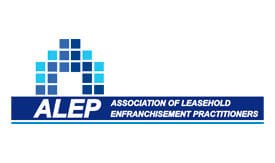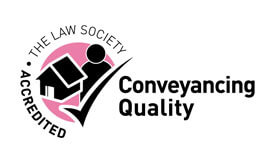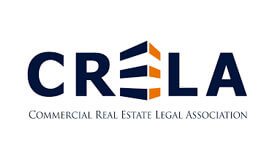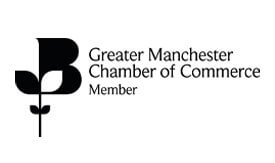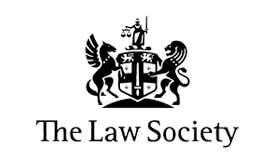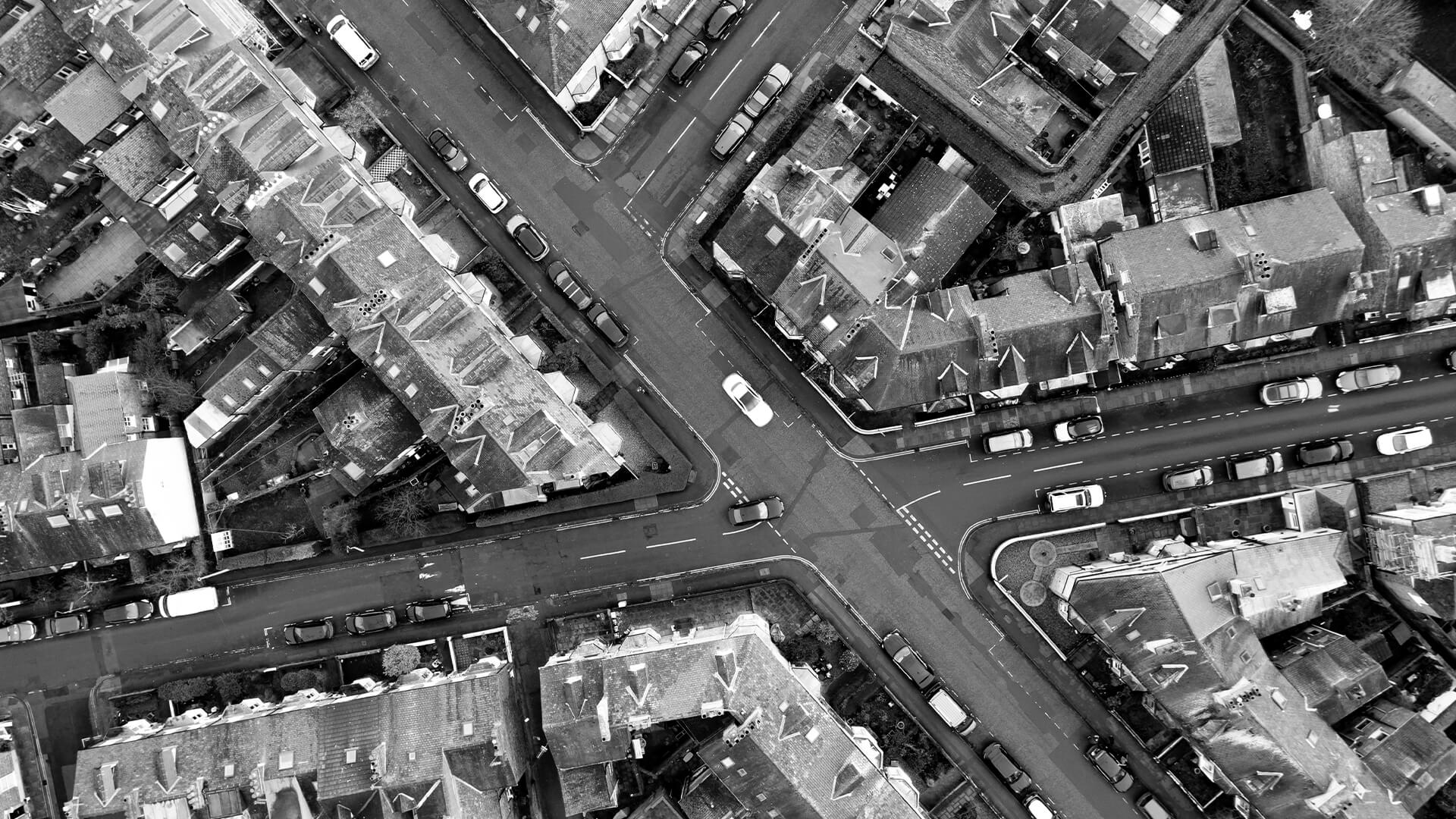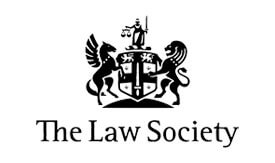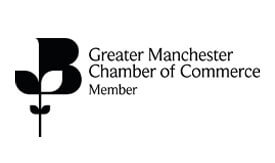If you are the owner of a leasehold house and you are looking to purchase your freehold through the formal statutory process, you need to satisfy the eligibility criteria. Some of these criteria are relatively straightforward, such as having owned the property for at least 2 years. However, a curious question continues to pop up for many leaseholders – is their house really a ‘house’ for the purposes of statutory enfranchisement?
Our solicitors in Manchester and London can assist in determining your eligibility to buy your freehold through the statutory process.
S.2 of the Leasehold Reform Act 1967 explains that a house must not be divided horizontally with other properties, which would suggest the property is a flat. A house must also not have a ‘material part’ that over/under-hangs the property, where this part is not included within the demise of the lease.
What constitutes a ‘material part’ has been the subject of much legal debate. The recent case of Freehold Properties 250 Ltd v Beverley Ann Field & others [2020] helped provide some more clarity on this issue.
This case involved leases where the roof and foundations were excluded from the demised premises. This meant that while the leaseholders’ properties were houses for all intents and purposes, they technically didn’t own certain structural parts of their own properties – this raises the troubling ‘material part’ question.
The LRA 1967 contains anti-avoidance provisions that prevents freeholders from creating leases that attempt to sidestep a leaseholder’s right to buy their freehold. Such clauses in a lease are to be treated as void. The questions in the case of Freehold Properties 250 [2020] are therefore:
- Does a lease excluding structural parts of a house disqualify a leaseholder from being able to buy their freehold?
- If the exclusion does disqualify a leaseholder, will the exclusion fall under anti-avoidance provisions?
The court initially held that the properties were houses within the definition of s.2(1) of the LRA 1967, however on appeal the freeholder argued that the legislation only applied to tenants who own the whole leasehold house. The freeholder elaborated that the legislation seemingly did not intend for a scenario in which a leaseholder that owned only part of a house would be allowed to fully enfranchise the entire property.
On appeal, the court agreed with the freeholder that the exclusion of the structural parts was sufficient to disqualify a leaseholder from their statutory rights of enfranchisement. On the subject of anti-avoidance provisions, the court found that such provisions were not open enough to include an exclusion of structural parts. The court’s reasoning fell in line with the freeholder’s argument that the legislation did not provide for a leaseholder to enfranchise an entire house if they were only granted a lease of part. Accordingly, simply granting a lease of part to a house was in itself not enough to fall under the anti-avoidance provisions.
This is not a favourable outcome for leaseholders looking to enfranchise if their lease contains similar sorts of exclusions. When buying a leasehold house, if intending to later enfranchise, it is imperative to confirm whether the structural parts form part of the demise.
If you are a leaseholder that owns a lease with these kinds of exclusions in place, you still have the option of trying to reach an agreement to buy your freehold if you can reach a voluntary arrangement with your existing freeholder. Be aware of the pitfalls when negotiating on a voluntary basis; the freeholder will tend to hold more power in those discussions. A freeholder may unfortunately not be willing to sell the freehold either.

